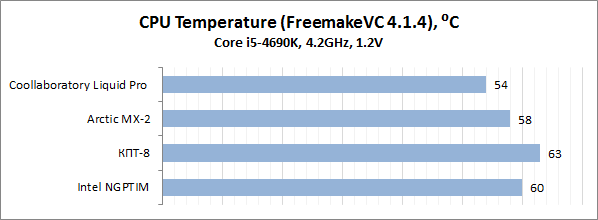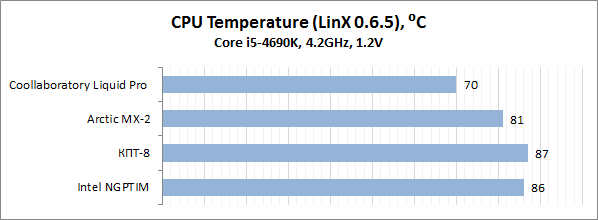INSTG8R
Vanguard Beta Tester
- Joined
- Nov 26, 2004
- Messages
- 8,150 (1.09/day)
- Location
- Canuck in Norway
| System Name | Hellbox 5.1(same case new guts) |
|---|---|
| Processor | Ryzen 7 5800X3D |
| Motherboard | MSI X570S MAG Torpedo Max |
| Cooling | TT Kandalf L.C.S.(Water/Air)EK Velocity CPU Block/Noctua EK Quantum DDC Pump/Res |
| Memory | 2x16GB Gskill Trident Neo Z 3600 CL16 |
| Video Card(s) | Powercolor Hellhound 7900XTX |
| Storage | 970 Evo Plus 500GB 2xSamsung 850 Evo 500GB RAID 0 1TB WD Blue Corsair MP600 Core 2TB |
| Display(s) | Alienware QD-OLED 34” 3440x1440 144hz 10Bit VESA HDR 400 |
| Case | TT Kandalf L.C.S. |
| Audio Device(s) | Soundblaster ZX/Logitech Z906 5.1 |
| Power Supply | Seasonic TX~’850 Platinum |
| Mouse | G502 Hero |
| Keyboard | G19s |
| VR HMD | Oculus Quest 3 |
| Software | Win 11 Pro x64 |
I have have always been into overclocking from my very first modern PC of course Sandy Bridge was the "Golden Age" but when I replaced my 2600K that ran 4.6 it's whole life(and still does as I sent it to a friend in need)with my current 4790K I just don't even feel the need to anymore. It's already at 4.4 even the best chips might get 4.7 I can't justify the effort anymore(Yeah it's still pretty "simple" to do)especially for such a small gain. Sure I wish it wasn't using TIM(tho it was said to be "better" TIM)I just don't see the need anymore. So I'm no longer in the 1%. What I have always wondered as it was Devil's Canyon they made claims of using better TIM well has every processor since been using that TIM or was it just a one time thing for DC and the rest use the bog standard stuff. I mean I hope at least they would with the HEDT if they have stopped soldering those as well.







